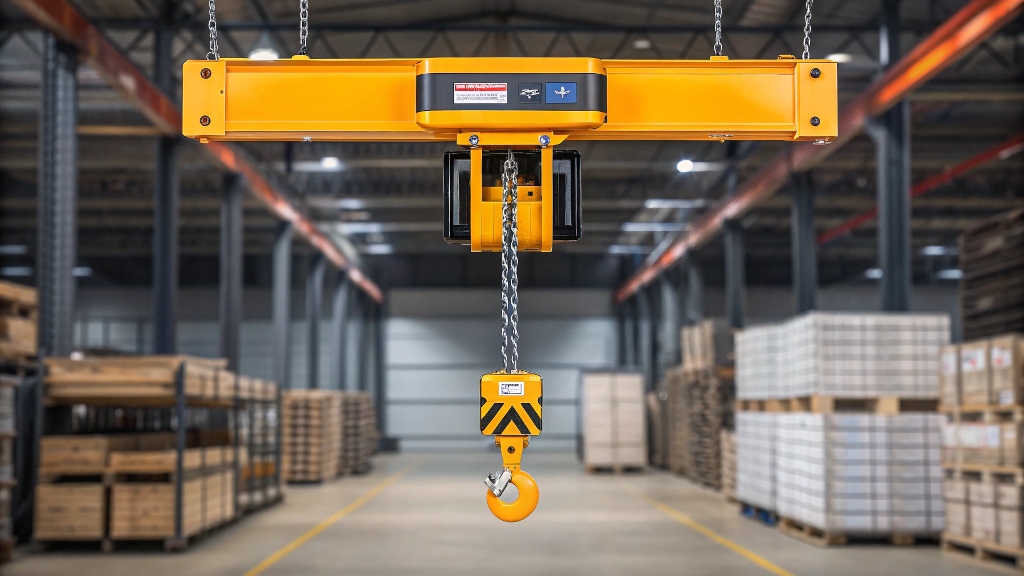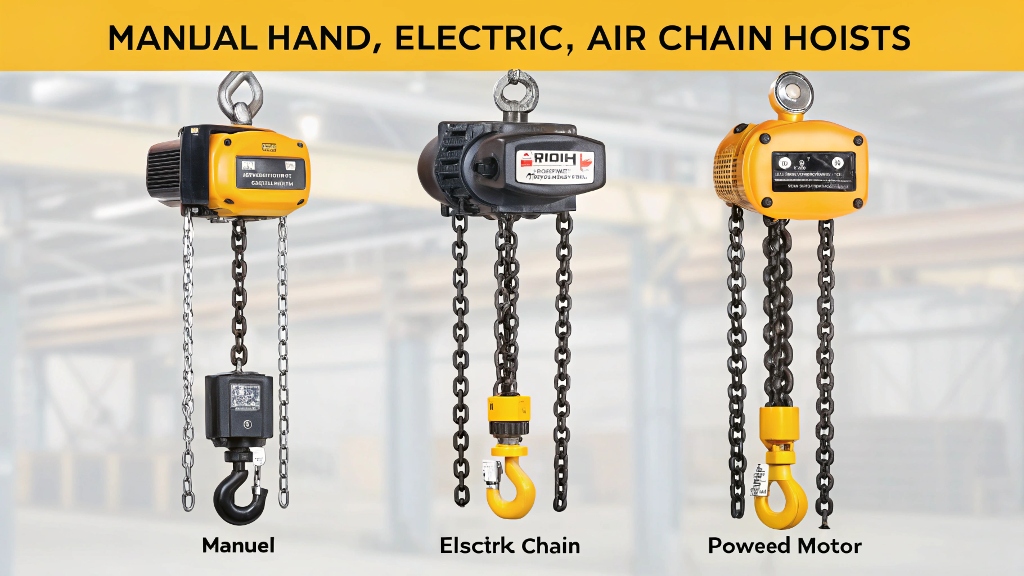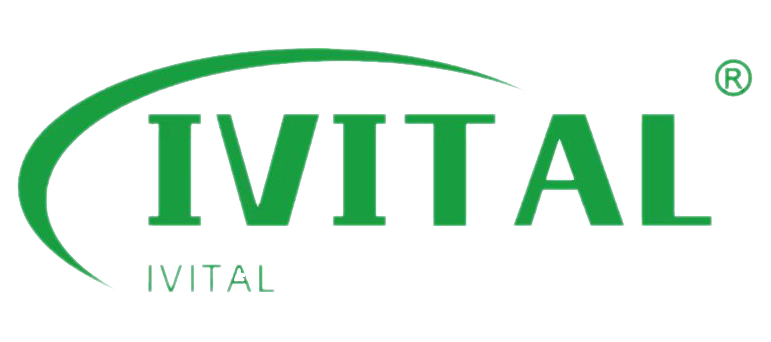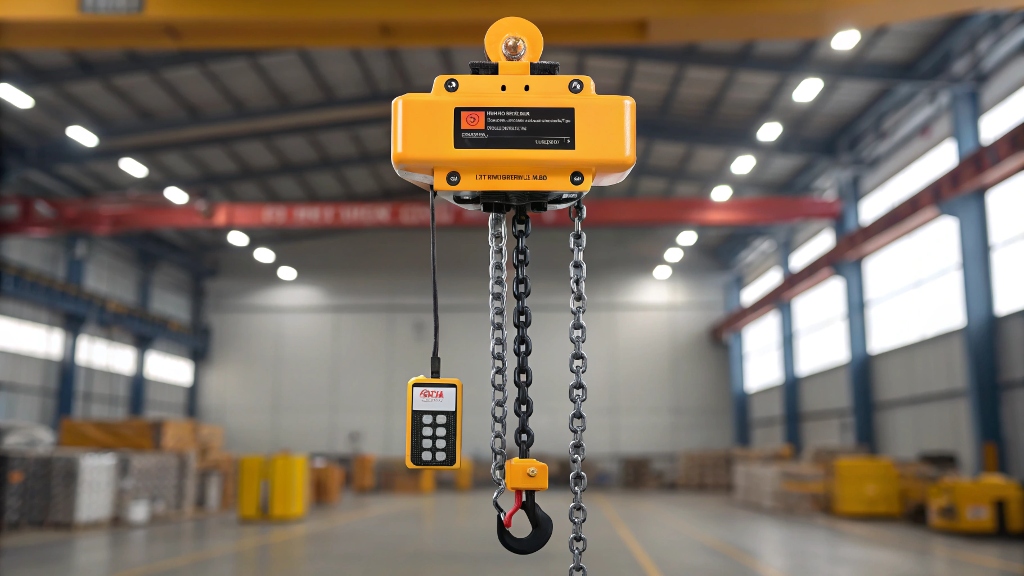Choosing the right electric chain hoist with trolley for your needs can make all the difference in achieving safe, efficient, and reliable lifting operations. Whether for construction or warehouse use, it’s important to consider factors like weight capacity, lifting speed, and hoist mobility to ensure maximum performance and safety.
When choosing the right electric chain hoist with a trolley, consider several critical factors: weight capacity, lifting height, and lifting speed. Hoists come in capacities ranging from 0.125 tons to over 50 tons, so assess your heaviest loads. The trolley allows horizontal movement, perfect for precision in tight spaces. Additionally, check power supply requirements and ease of operation. For construction and warehouse use, ensure the hoist can handle your specific lifting needs efficiently.

Now that you understand the basics, let’s dive deeper into some of the common questions that will help guide your decision-making when selecting the perfect hoist for your operations.
What Size Chain Hoist Do I Need?
When selecting a hoist, understanding its rated capacity is essential. This refers to the maximum load the hoist is designed to lift. For example, if your typical load is between 3 and 4 tons, a 5-ton hoist would be appropriate. Always choose a hoist that can handle the heaviest load you’ll need to lift, ensuring both safety and efficiency.
Choosing the right hoist size ensures safety and operational efficiency. To determine the appropriate size, assess your heaviest load and select a hoist with a slightly higher capacity. This will keep the hoist from becoming overburdened during occasional heavy lifts.
Sometimes you may need to lift heavier items—up to 6 tons, for example. In this case, selecting a 7.5-ton hoist provides added flexibility. This ensures the hoist can manage various weights without risking overloading.
What Is the Difference Between a Hoist and a Trolley?
Understanding the difference between a hoist and a trolley is key to choosing the right equipment for precise lifting and horizontal movement.
A hoist does the lifting, while the trolley moves the hoist horizontally. The trolley’s role is essential when you need to position the hoist with accuracy, especially in environments like warehouses or construction sites.
The hoist lifts the load vertically, but the trolley is what allows it to move across the workspace. For tasks that require precise positioning of the load, such as in narrow aisles or across large areas, the trolley ensures that the hoist moves exactly where needed.
In a typical warehouse setup, both the hoist and trolley work together to streamline operations. The hoist lifts the load to the required height, while the trolley moves it across the track to position it in exactly the right spot. This combination maximizes space utilization, reduces manual labor, and increases overall safety and efficiency.
What Are the Three Types of Chain Hoists?
There are three primary types of chain hoists commonly used in industrial and construction settings:
- Manual Chain Hoists: Operated by hand, these are ideal for lighter loads or situations where electrical power is unavailable.
- Electric Chain Hoists: Powered by electricity, these are ideal for heavy-duty lifting tasks in environments like warehouses and construction sites. They offer faster operation and can handle larger loads than manual hoists.
- Pneumatic Chain Hoists: Powered by compressed air, these are used in environments where electrical equipment is hazardous, such as in explosive or high-temperature areas.

For most lifting needs in construction or warehouse settings, electric chain hoists are the best option due to their speed, capacity, and reliability.
What Are the Common Rated Capacities for Electric Chain Hoists?
Electric chain hoists come in a wide range of rated capacities, which can vary from 0.125 tons (250 pounds) to over 50 tons (100,000 pounds). For instance:
- Light Duty: For lifting small, light loads (e.g., up to 1-2 tons).
- Medium Duty: Hoists rated at 5-10 tons are ideal for general use in warehouses and construction sites.
- Heavy Duty: For lifting large machinery or construction materials, look for hoists rated for over 20 tons.
Selecting the right capacity ensures that the hoist operates safely and efficiently, preventing overloading and potential damage to both the equipment and the load.
How to Select the Best Electric Chain Hoist for Construction or Warehouse Use?
When choosing a hoist for construction or warehouse use, consider the following factors:
- Lifting Height: Determine how far you need the hoist to lift. Some hoists are designed for low headroom, while others offer extended lifting heights for taller structures or pallets.
- Speed: If your operation requires quick lifting and lowering of loads, select a hoist with a higher lifting speed. Some hoists offer dual-speed options for better control over the lifting process.
- Power Supply: Electric hoists typically run on either single-phase or three-phase power. Three-phase hoists are preferred for heavy-duty lifting, while single-phase hoists are suitable for lighter tasks in smaller facilities.
- Durability: For construction sites, durability is crucial. Look for hoists that are built to withstand rugged conditions, including weather and exposure to dust or debris.
By considering these factors, you’ll ensure that the electric chain hoist with trolley you choose will meet your specific construction or warehouse lifting needs while providing maximum efficiency and safety.
Summary:
Choosing the right electric chain hoist with trolley is about evaluating your specific lifting needs—whether you’re in construction, manufacturing, or logistics. Prioritize capacity, lifting height, and mobility to ensure safety and efficiency. Don’t forget to consult product details, and always match your hoist to your work environment.



